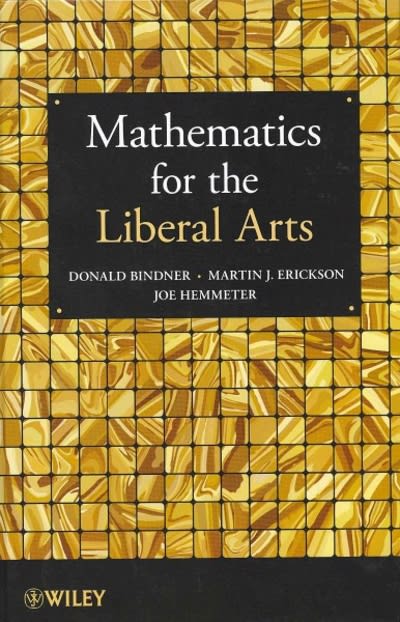

(EOC Q7) Please answer the question in the image
Y3-critical = (to three decimal places) Complete the following table and compute the y' statistic, Use two decimal places. Yes No f fexpected x* term f x term Total "Smashed into" 16 34 50 "Hit" 43 50 Control 6 44 50 Totals 29 29 121 121 150 EConclusion: O Reject the null hypothesis. The likelihood of recalling broken glass depends on the question asked. O Reject the null hypothesis. The likelihood of recalling broken glass does not depend on the question asked. O Fail to reject the null hypothesis. The likelihood of recalling broken glass depends on the question asked. O Fail to reject the null hypothesis. The likelihood of recalling broken glass does not depend on the question asked. Compute Cramer's V to measure the size of the treatment effect. V = (to three decimal places) Describe how the phrasing of the question influenced the participants' memories. Participants who were asked about the speed when the cars "smashed into" each other were participants who were asked about the speed when the cars "hit" each other (or who were not asked) seeing broken glass. Complete the following sentence demonstrating how the outcome of the hypothesis test and the measure of effect size would be reported in a journal article. The results of the chi-square test that the phrasing of the question a significant effect on the participants' recall of the accident,V A classic study investigated the relationship between eyewitness memory and the questions witnesses are asked (Loftus and Palmer, 1974). In the study, participants watched a film of an automobile accident and then were questioned about the accident. One group was asked how fast the cars were going when they "smashed into" each other A second group was asked about the speed when the cars "hit" each other, and a third group was not asked any question about the speed of the cars. A week later, the participants returned to answer additional questions about the accident, including whether they recalled seeing any broken glass. Although there was no broken glass in the film, several students claimed to remember seeing it. The following table shows the frequency distribution of responses for each group. Response to the Question "Did You See Any Broken Glass?" Yes No Verb Used to Ask About the Speed of the "Smashed into" 16 34 Cars "Hit" 43 Control (Not 44 Asked) Does the proportion of participants who claim to remember broken glass differ significantly from group to group? Test with o = .05. (Note: Do not use the chi-square distribution table, as answer requires 3 decimal places.)











